The Emotion Thesaurus: A Writer’s Guide to Character Expression (Second Edition): 1 (Writers Helping Writers Series)
£13.60£15.20 (-11%)
The bestselling Emotion Thesaurus, often hailed as “the gold standard for writers” and credited with transforming how writers craft emotion, has now been expanded to include 55 new entries!
One of the biggest struggles for writers is how to convey emotion to readers in a unique and compelling way. When showing our characters’ feelings, we often use the first idea that comes to mind, and they end up smiling, nodding, and frowning too much.
If you need inspiration for creating characters’ emotional responses that are personalized and evocative, this ultimate show-don’t-tell guide for emotion can help. It includes:
- Body language cues, thoughts, and visceral responses for 130 emotions that cover a range of intensity from mild to severe, providing innumerable options for individualizing a character’s reactions
- A breakdown of the biggest emotion-related writing problems and how to overcome them
- Advice on what should be done beforedrafting to make sure your characters’ emotions will be realistic and consistent
- Instruction for how to show hidden feelings and emotional subtext through dialogue and nonverbal cues
- And much more!
The Emotion Thesaurus, in its easy-to-navigate list format, will inspire you to create stronger, fresher character expressions and engage readers from your first page to your last.
Read more
Additional information
| Publisher | JADD Publishing, 2nd ed. edition (14 Feb. 2019) |
|---|---|
| Language | English |
| Paperback | 306 pages |
| ISBN-10 | 0999296345 |
| ISBN-13 | 978-0999296349 |
| Dimensions | 17.78 x 1.75 x 25.4 cm |



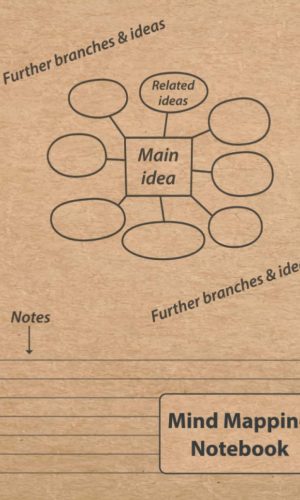

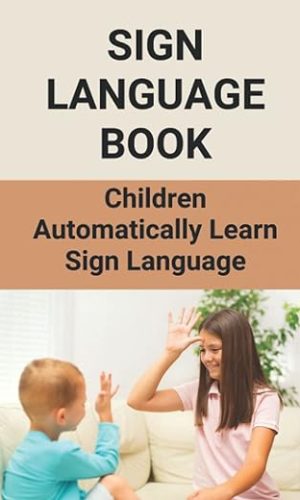
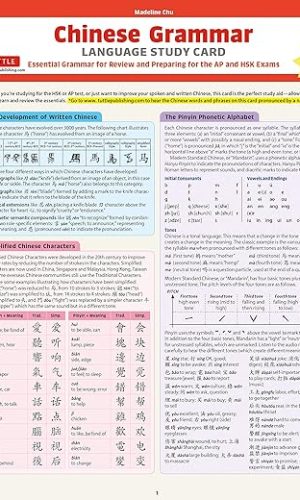

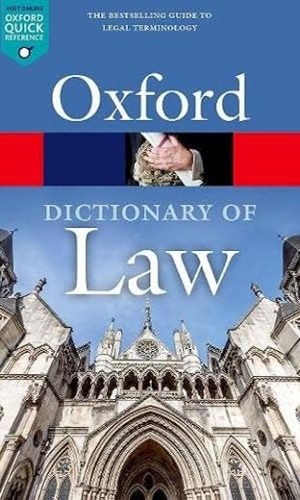
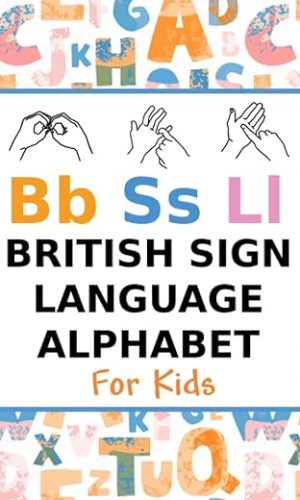
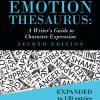
by Ingrid
Easy to obtain an overview of the content and easy to find what you need.
by Amazon Customer
I use a Roget’s Thesaurus frequently when I’m writing and searching for the right word. I only recently came across this, The Emotion Thesaurus. If you are struggling to give depth of character and emotional reactions of your characters then this is a useful too. It’s coverage of words conveying emotion and emotional reactions is good. There is room for its expansion, but I’ve been using it already and would recommend it to would-be published authors.
by Gort
I have all the printed books in this series and when I saw a second edition for this one I was elated. This was followed by concern before pressing the buy button as to whether this entry warranted a second purchase. With a little investigation and some hesitation I pressed the button.
It says blatantly on the cover it has been expanded to 130 entries, which is almost double the 70 odd entries in the first edition. The first edition stands at 164 numbered pages, this second edition a whopping 292.
Now if you’re thinking the additional entries are all that has changed, think again. On a quick perusal I have noted that the entry text from the first edition has been expanded in the second. In addition, and an extremely welcome one, all the entries have three additional sections added. The first two point to other related entries on an ‘escalate’ and ‘de-escalate’ scale. The third, though not extensive, is ‘ASSOCIATED POWER VERBS’, and a welcome addition.
To maintain the ‘two page per entry’ format of the first edition the font has also been greatly reduced but only to a scale you would get in ordinary books.
Overall this purchase has delivered more than I expected and I am now in anticipation of an update for all the series.
For new purchasers I recommend this edition over the first. For owners of the first edition, I don’t think you will be disappointed.
by Mona H.
This book is amazing and incredibly helpful when I’m writing a character with strong emotions and the POV is distant third person. Showing the character’s emotions through his facial expressions, body language and physical reactions is important to me because I want readers to be able to see it all like a movie in their minds. When we watch a movie we can usually discern the emotions by the actor’s performance, and that’s the experience I want to create for the readers. This book is invaluable in helping me to achieve that.
I disagree with other reviews stating that the book doesn’t reflect the emotional tells for men. Of course all of the examples provided do not suit every character and emotional situation, but they always help to point me in the right direction. For some male characters, the examples listed under the “Signs that this emotion is being suppressed” section are especially helpful for me.
I highly recommend this book to all writers who aim to show rather than tell in most situations they’re writing.
by maria furlonger
I love this book, it’s totally changed and bettered the way I write.
I’m attempting my first novel, before this book my character’s dialogue and interactions were quite flat because I told the reader how they felt, but there is so much more depth when you SHOW the reader how your character is feeling.
This book helps you come up with ideas. What’s happening internally when a character is scared, what is their body language? If you find you’re getting repetitive or you’re unsure about some emotions because you rarely experience them this book is gold dust!
Highly recommend this book. I’ve bought another one of the series about psychological trauma, can’t wait to get it. I intend on owning every book in the series.
I also advise buying the physical book, I downloaded it initially and it was troublesome to get to the page that I wanted quickly, it’s easier to pick up the book and flick to the right page.
by BookLover
I love dictionaries and thesauri of every kind and this is an intriguing addition. From Acceptance to Worthlessness it offers suggestions from physical symptoms and behaviours to internal sensations, covering mental responses and signs of long-term or supressed emotion. A worthwhile addition for anyone who writes or reads, or just wonders.
by E.A.Turley- Goodreads Author
I saw this on Autocrit being given away as a prize after one of their courses, so I looked it up for myself. The subject title speaks for itself where this book is concerned as well as the other seven books in the set.
There are also books concentrating on conflict, positive traits, negative traits, urban settings, rural settings, emotional wounds, and occupations. Apparently, there is also a companion to the emotion thesaurus called the emotions amplifiers that you can get.
I already have a standard thesaurus (doesn’t every writer?) but after seeing these books, I treated myself to the set. It only took one look at the emotions book to know it would be worth every penny.
For Paranoia, for instance, I now have a definition (as you’d expect), a long list of physical signals and behaviors, internal sensations, mental responses, acute or long term responses, signs that this emotion is being suppressed, what it may escalate to, what it may de-escalate to, and associated power verbs.
As every writer knows, power words are essential to your writing if you want a strong turn of phrase. You won’t regret buying one or all of this set. They are brilliant!
by Gloria McBreen
One of the best books for writers that I’ve ever bought. It never leaves my desk!